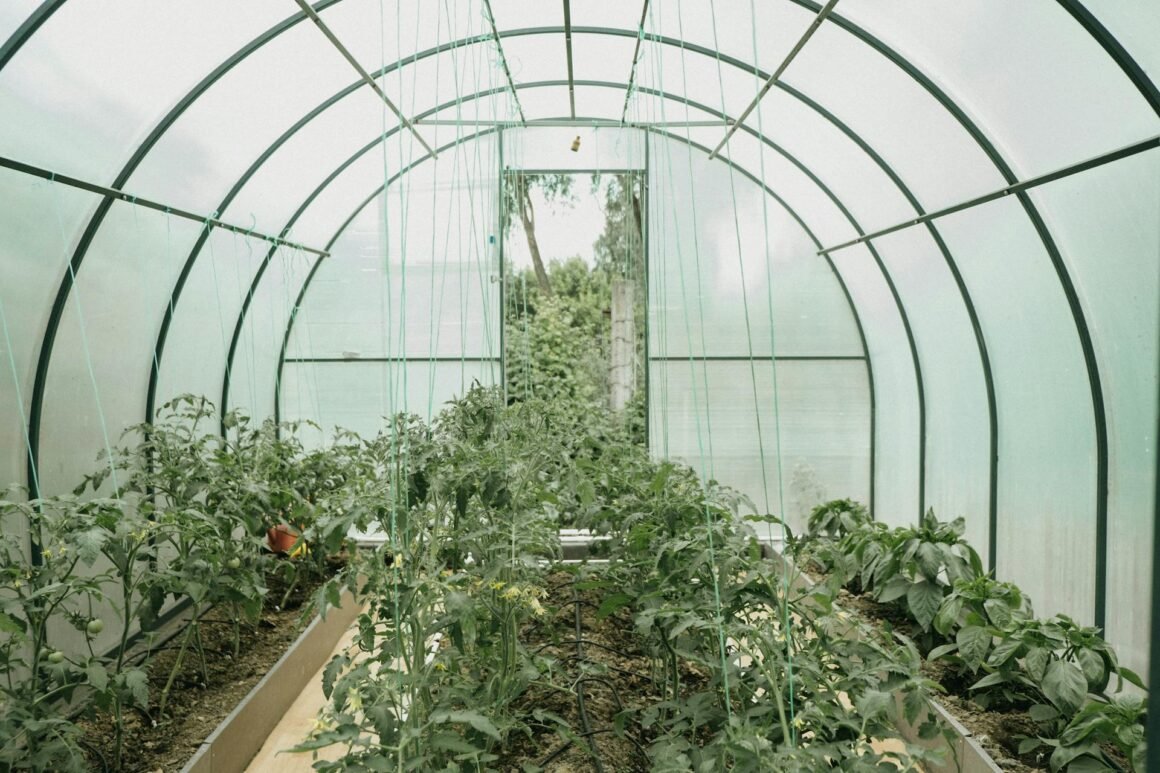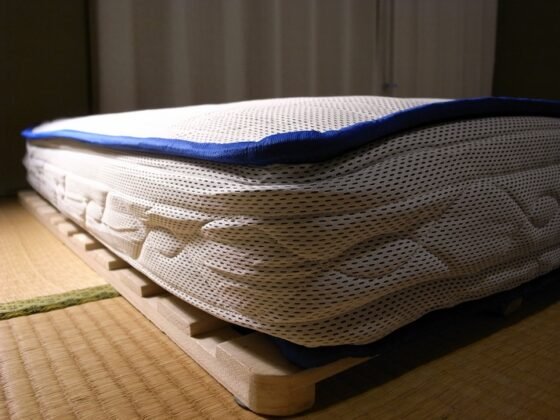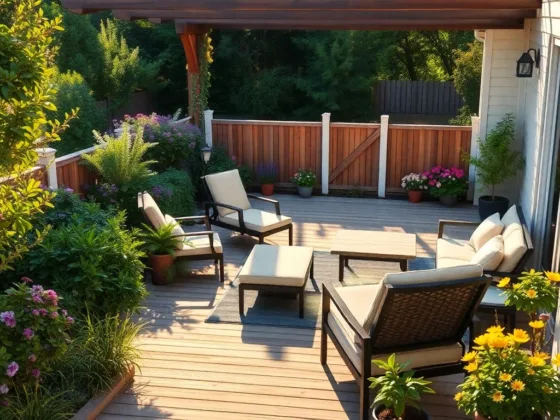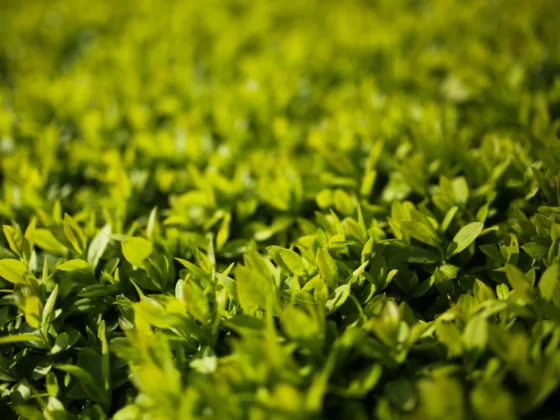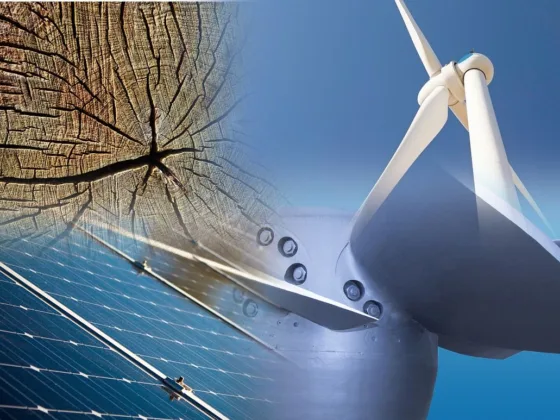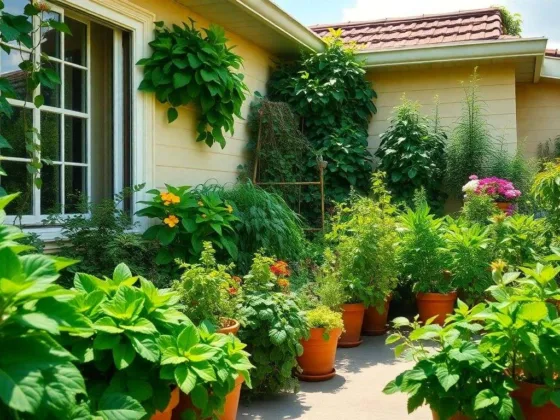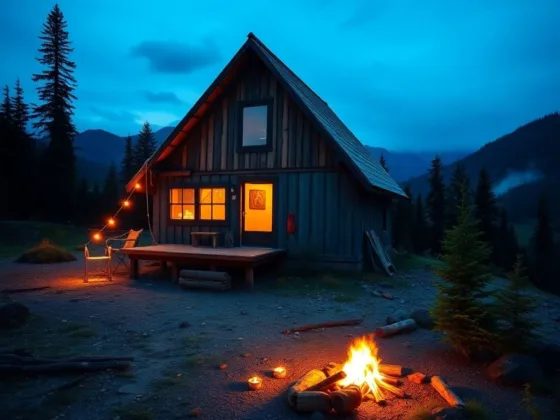Table of Contents Show
Do you want to garden all year long, no matter the weather? A greenhouse could be your answer. A greenhouse traps the sunlight inside keeping it warm for your plants. It keeps them safe from the cold and lets them grow even when it’s cold outside. A greenhouse can pay for itself in savings on groceries when you can harvest a lot more.
There are many types of greenhouses to choose from. You can even make your own greenhouse. For example, you can build one with plexiglass, a strong, clear plastic. It’s not too hard to do, and you can use this plexiglass cutting guide as well as some greenhouse plans. In this article, we will go over how to use your greenhouse to extend the growing season.
Setting up the greenhouse
Before you build your greenhouse, make sure it is in the right spot in your yard. it should get plenty of sunlight, as most plants need lots of light to grow. The best place is usually where it gets sun for most of the day, especially in the morning. Also, make sure the ground has good drainage. This means water should be able to flow away easily so it doesn’t flood your greenhouse.
When you design your greenhouse, think about how you’ll use the space. Make sure there’s enough room to walk and work around your plants. Think about where the sun hits inside your greenhouse and put plants that need lots of light in those spots.
Planting strategies
When you have a greenhouse, you can grow plants that you might not be able to grow outside. The first step is choosing the right plants. Some plants love the warm, moist air in a greenhouse. Think about vegetables like tomatoes, cucumbers, and peppers, or flowers like orchids and violets. These plants do really well in a greenhouse.
In a greenhouse, you can start planting earlier in the year because it’s warmer inside. This means you can get a head start on spring planting. Also, in the fall, when it gets cold outside, your plants can keep growing in the greenhouse. The key is to understand when each plant should be planted and harvested in the greenhouse environment.
To make the most of your space and resources, you should try different ways of gardening. You can use shelves, hanging baskets, or trellises. This is great for plants like beans, peas, and some types of flowers.
Container gardening is another good idea. It means growing plants in pots or boxes. This is perfect if you want to move plants around or if your greenhouse is on the smaller side. With these techniques, you can grow a lot in a small space.
Maintain the right environment
Keeping a good environment in your greenhouse is key for your plants to grow well. One of the most important things is to keep the right temperature. It shouldn’t be too hot or too cold. Using a thermometer to monitor the temperature is a good idea.
On sunny days, it can get really hot inside a greenhouse. So, you might need to open windows or use a fan to cool it down. On cold nights, you might need a heater to keep your plants warm.
Humidity, or how much water is in the air, is also important. Plants need moist air, but too much moisture can cause problems like mold. You can use a tool called a hygrometer to check the humidity so it stays at the right levels.
Even inside a greenhouse, bugs and diseases can ruin your plants. To stop them, keep your greenhouse clean and check your plants often. If you see bugs or signs of disease, you need to deal with them quickly.
Watering strategy
Watering in a greenhouse is different from watering plants outside. Plants inside a greenhouse don’t get natural rain, so you need to water them yourself. But, it’s important not to overwater. Too much water can cause diseases and rot the roots.
The morning is the best time to water the plants. This gives them time to soak up the water during the day. If the soil feels dry when you touch it that means it’s time to water. Using a watering can or a hose with a gentle spray works well. You could even set up a drip irrigation system that slowly drips water onto the soil to make sure your plants get just the right amount of water.
